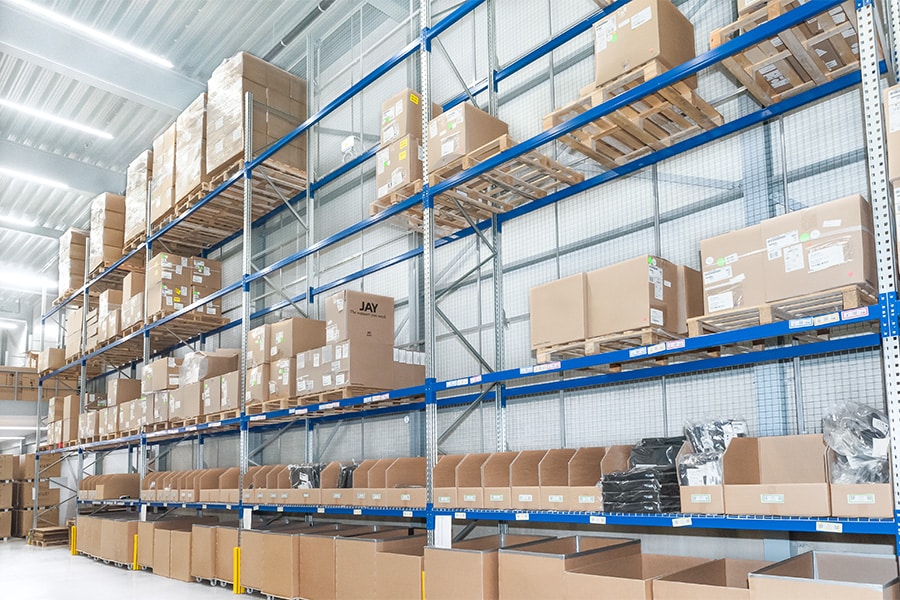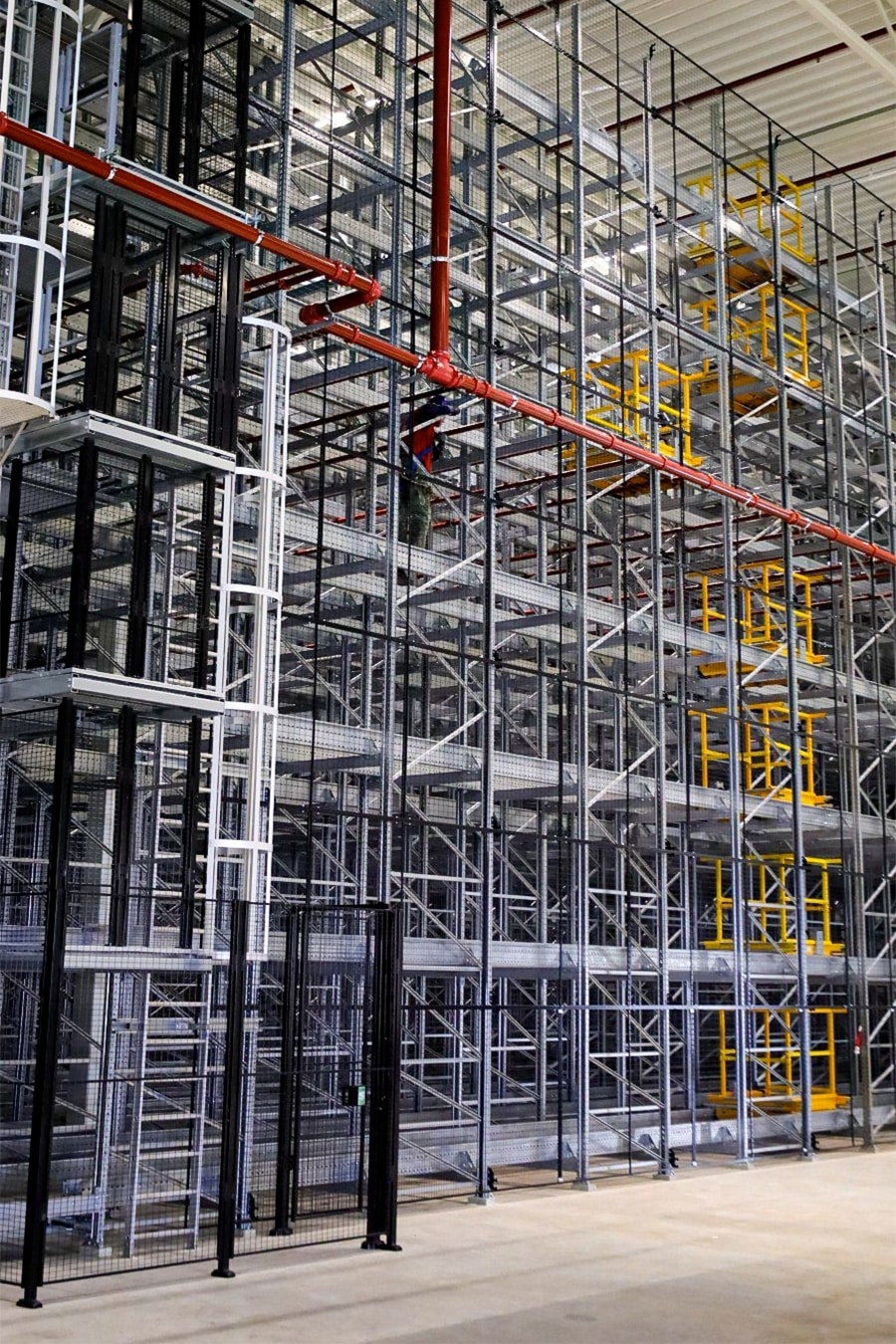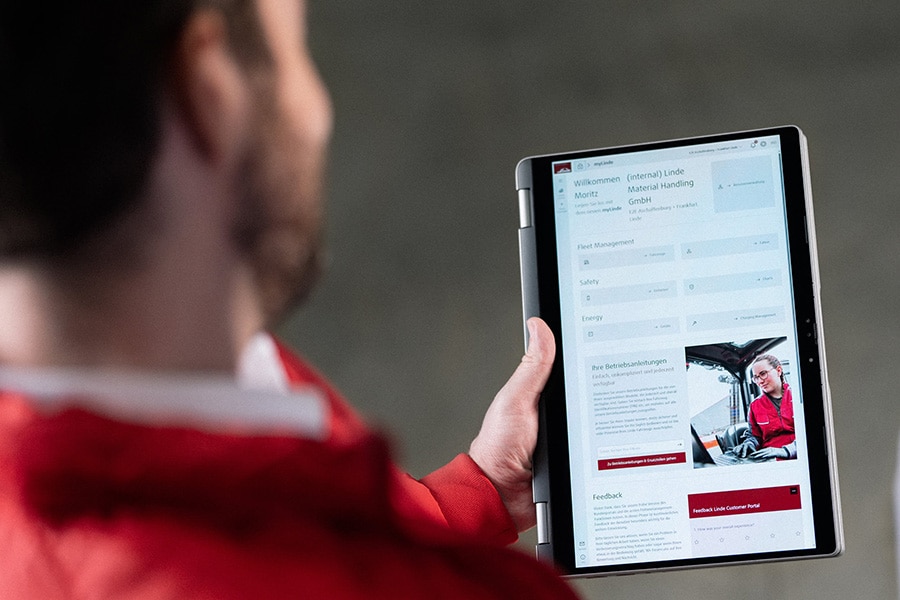
How retailers can reduce uncertainty around deliveries during peak season
The peak season of 2023 was difficult for retailers. Economic concerns eroded consumer confidence, while companies faced global supply chain problems and rising prices. Problems on a global scale are beyond the control of companies. Retailers must therefore focus on what is manageable and reduce uncertainty in the purchasing process, especially during the peak season.
According to a 2024 study on consumer experience and home delivery, seven in 10 consumers experienced a problem with delivery during the period studied. Inefficiencies in the last mile delivery put pressure on both customer experience and profitability. 76% of these consumers took an action that negatively impacted the company.
Knowing that, the question arises, how are retailers preparing for the 2024 peak season?
No second chance
Consumers today expect highly efficient processes and an optimal customer experience. Yet the last mile delivery often a source of disappointment. Especially the punctuality of deliveries is a sensitive issue. Some 19% of consumers in Belgium state that a delivery arrived later than expected. And 17% state that an order was delivered at a different time than announced.
Ensuring consistent and timely delivery is even more difficult during peak season. Bringing in additional resources to handle peaks is costly and can quickly erode margins during quieter periods. Another option is for companies to equip themselves for normal or average demand, and invest in supply capacity for peak times. But with labor shortages facing three-quarters of companies, scaling up capacity during those busy periods is easier said than done.
Besides, if the quality of delivery affects customer opinion so much, is it recommended for retailers to rely on temporary, outside labor? The majority of customers (76%) who experienced a delivery problem took an action with potential impact on the company's reputation and financial results. Nearly three in ten consumers (29%) said they had lost confidence in the delivery service, and 16% no longer order from the retailer in question.
So there is no second chance. When so many customers experience problems with delivery, the cost of a bad customer experience is enormous.
Balancing demand
Retailers cannot afford to make delivery promises they cannot keep, especially during the peak season. What is the cost to the merchant when a Black Friday discounted order arrives damaged or at the wrong address? And what are the financial implications of Christmas orders that end up not being delivered until January and are immediately returned?
The good news for retailers is the fact that the speed of deliveries seems to be less important from year to year. Instead, customers more often prefer cheaper alternatives. Many customers also prefer a specific time period for their delivery to next-day delivery. After all, they want to be at home to receive their order. Younger generations are also showing increasing interest in environmentally friendly options.
Retailers therefore need to spread demand and improve certainty of delivery. For price-conscious consumers, they need not offer an expensive next-day delivery option. Environmentally conscious customers, in turn, will respond positively to the offer of "green time slots" - periods when retailers bundle deliveries within the same area to reduce mileage.
Integrate predictability
Retailers can influence customer buying behavior by offering realistic delivery options at the time of purchase. They can suggest delivery dates several weeks in advance, based on real-time data on existing agreements and delivery resources. By continuously evaluating new orders, it is possible to let customers choose delivery options that properly reflect the merchant's capacity and cost model.
With insight into overall demand and available resources across all geographic areas, a retailer can maximize its delivery capacity. For example, John Lewis was able to increase delivery capacity by 35% without deploying additional vehicles or drivers.
More efficient distribution intrinsically enables retailers to operate more sustainably by reducing miles traveled. The ability to encourage customers to opt for ecological time slots contributes to higher delivery density and the achievement of environmental, social and governance (ESG) goals.
Increasing consumer confidence
Growth in online purchases will continue. Yet a demanding customer base has high expectations. By spreading demand and avoiding false promises, data-based capacity management reduces the risk of delivery problems. This provides a consistently high-quality customer experience.
In addition, companies can reduce consumer concerns with post-purchase communications. Customers expect real-time notifications and updates throughout the process. This builds trust and allows them to plan their day around multiple expected deliveries. By keeping customers informed, retailers can also reduce the number of missed deliveries. Again, this helps reduce miles driven and avoids unnecessary stops.
It is additionally important to establish a strong chain of control, especially for expensive goods that customers purchase during peak season. Proof of delivery, including photo captures and signatures, is an essential part of a good delivery experience. That proof should be shared with the customer immediately after delivery, accompanied by a satisfaction survey. Even during busy periods, it is crucial to continue to monitor customer satisfaction. Direct feedback allows companies to address issues before they escalate, as well as to recognize good performance and identify areas for improvement.
Smart planning
Many aspects of retail are beyond the control of companies. Supply chain disruptions are possible due to geopolitical changes, climate events and even the widespread shortage of seafarers. Inflation and interest rates affect not only operational costs but also customer behavior. Real-time capacity planning enables retailers to reduce uncertainty and increase consumer confidence.
With smart planning, retailers can eliminate unprofitable delivery moments, which also protects margins. Offering realistic and affordable delivery options based on capacity reduces the risk of delivery problems. In addition, real-time communication proactively improves the customer experience during busy or stressful periods.



